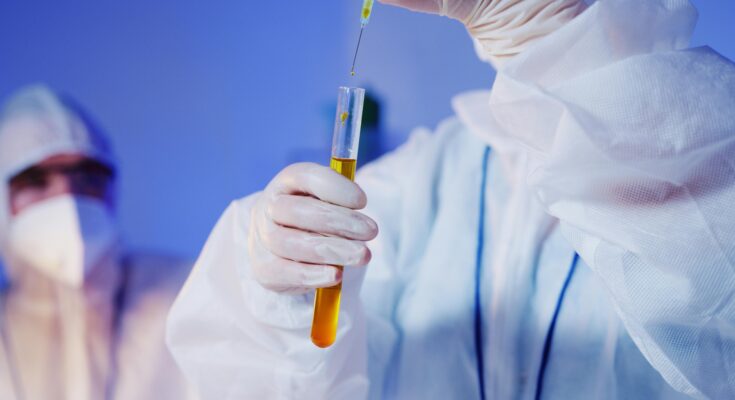In addition to helping an individual quit the use of drugs, the goal of drug treatment programs is to return the person to be a productive, functioning member of the society, family, and workplace. Drug treatment programs are not just there to stop the obsessive drug cravings of an individual; they are also aimed at helping substance abuse patients to become more useful to their families, community, improve their medical health conditions, and also make them employable.
According to studies, a lot of people that opt for and remain committed to drug rehab programs experience a significant decrease in their criminal activities. The program helps to bring out the best in them and also equip them with the tools and skills they never had.
For instance, methadone treatment has been proven to enhance involvement in behavioral therapy and also minimize both criminal behavior and substance abuse.
Effective Drug Treatment Programs
The treatment outcome of an individual actually depends on a couple of things, including:
- The nature and extent of the individual’s problem
- The appropriateness and effectiveness of the drug treatment program and other related services used to tackle the problems of the patient.
- The quality and level of communication between the treatment provider and the patient.
According to the National Drug Control Policy (NDCP), an effective drug treatment program should at least result in the following outcomes:
- Reduced drug use
- Enhance occupational functioning
- Improved psychological functioning
- Enhanced legal status
- Improved social functioning
- Enhanced medical status
- Improved educational status.
Hence, to know how effective a drug treatment program is, you should not only consider the reduced rate of drug use but also how the patient functions at home, workplace and in the society. Like other long-lasting, severe health cases, substance abuse can be managed and treated successfully.
Effective drug treatment programs enable patients to offset the strong disruptive effects of addiction on their behavior and brain and to take charge of their lives.
Results of Drug Rehab Programs
According to National Institute of Drug Abuse, the following are some of the results that can be produced by a drug treatment program: 40 to 60 percent reduction in drug use, 40 percent reduction in arrest for criminal acts, reduced risk of HIV/AIDS infection, 50 percent reduction in criminal behavior, and 40 percent increase in chances of employment.
The chronic nature of substance means that relapse isn’t only possible but likely to occur, with recurrence rates of symptoms similar to other long-lasting medical conditions, such as asthma, high blood pressure, and diabetes.
Relapse Is Not Always a Treatment Failure
Unfortunately, when a patient relapses, people often consider the treatment a failure. This isn’t always true. Successful drug abuse treatment actually requires recurrent modification and evaluation as applicable, similar to the strategy applied to other long-lasting, severe illnesses.
For instance, when an individual is receiving treatment for high blood pressure and the patient experiences a decrease in the symptoms, the treatment is considered successful. Even though the patient might still feel the symptoms if he/she stops receiving treatment.
For substance abuse patients, going back to the use of drugs does not signal a failure. Instead, they indicate that the patient needs to reinstate or adjust treatment, or that an alternative treatment is required.
Drug treatment programs are highly effective, and they are very helpful in the society. These programs help in many ways, and they can help you regain control over your life and strategically reposition you in the society.











